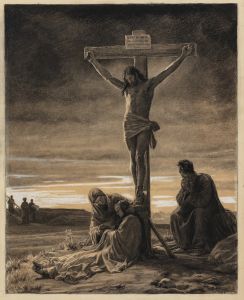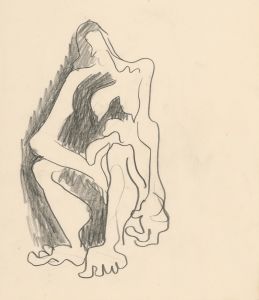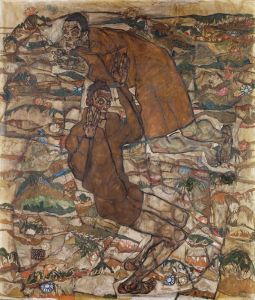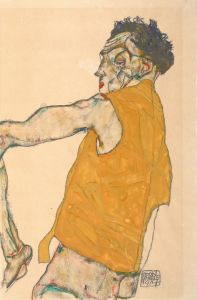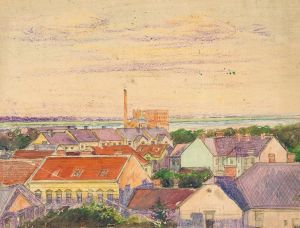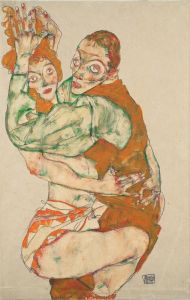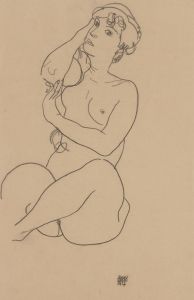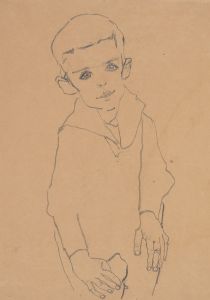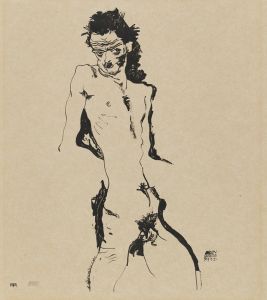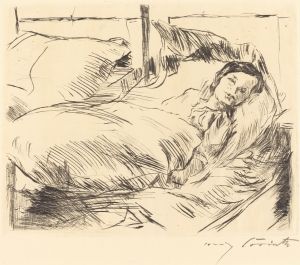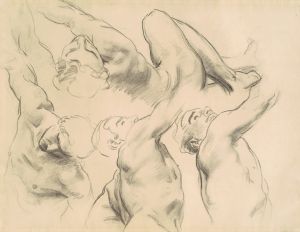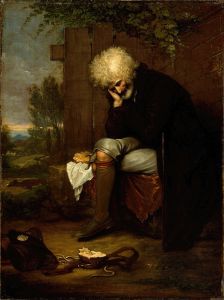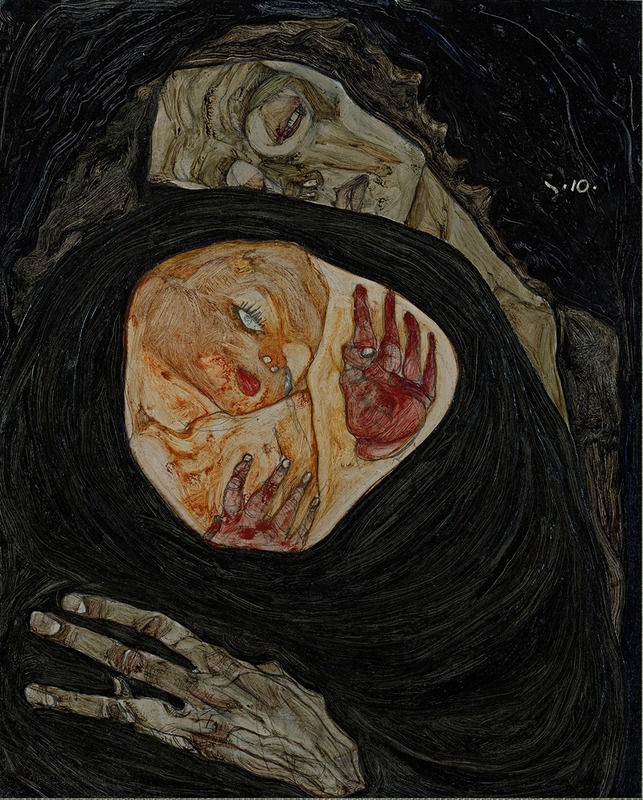
Dead Mother
A hand-painted replica of Egon Schiele’s masterpiece Dead Mother, meticulously crafted by professional artists to capture the true essence of the original. Each piece is created with museum-quality canvas and rare mineral pigments, carefully painted by experienced artists with delicate brushstrokes and rich, layered colors to perfectly recreate the texture of the original artwork. Unlike machine-printed reproductions, this hand-painted version brings the painting to life, infused with the artist’s emotions and skill in every stroke. Whether for personal collection or home decoration, it instantly elevates the artistic atmosphere of any space.
Egon Schiele, an Austrian painter known for his intense and often unsettling works, created "Dead Mother" in 1910. Schiele was a protégé of Gustav Klimt and a major figurative painter of the early 20th century. His work is noted for its raw sexuality and the intensity of its psychological and emotional content. "Dead Mother" is one of Schiele's many works that explore themes of death, sexuality, and the human condition.
"Dead Mother" is a poignant and haunting piece that reflects Schiele's preoccupation with mortality and the complex relationship between mother and child. The painting depicts a skeletal, almost ghostly figure of a woman, presumably the "dead mother," with a child. The figures are rendered in Schiele's characteristic style, with sharp lines and a stark, almost emaciated appearance. The use of color is minimal, which adds to the somber and eerie atmosphere of the work.
The theme of the "dead mother" can be seen as a reflection of Schiele's own life experiences and the broader existential themes he explored in his art. Schiele lost his father at a young age, and his mother was a significant figure in his life, which may have influenced his exploration of maternal themes. The painting can be interpreted as a meditation on the loss and the bond between mother and child, even in death.
Schiele's work often provoked controversy due to its explicit content and the psychological intensity of his subjects. His exploration of taboo subjects and his unflinching portrayal of the human form challenged the norms of his time and contributed to his reputation as a provocative and influential artist. Despite the controversy, Schiele's work was highly regarded by some of his contemporaries, including Klimt, who recognized his talent and supported his career.
"Dead Mother" is part of Schiele's broader oeuvre, which includes numerous self-portraits, portraits, and allegorical works. His style is characterized by its expressive line work, bold compositions, and a focus on the inner emotional life of his subjects. Schiele's work is often associated with the Expressionist movement, although he developed a distinctive style that set him apart from other artists of the time.
Egon Schiele's life was tragically short; he died in 1918 at the age of 28 during the Spanish flu pandemic. Despite his brief career, Schiele left a lasting impact on the art world, and his works continue to be studied and admired for their emotional depth and technical skill. "Dead Mother" remains a powerful example of Schiele's ability to convey complex emotional and psychological states through his art.
Today, Schiele's works, including "Dead Mother," are held in high regard and can be found in major museums and private collections around the world. His influence can be seen in the work of later artists who similarly sought to explore the darker and more complex aspects of human experience through their art.





